Resource Centre
Discover a wealth of knowledge and insights from the experts at StarFish Medical. Our Resource Centre offers product development tips, reviews of new and cutting-edge technologies, and in-depth articles on regulatory updates and compliance in medical device development.
-
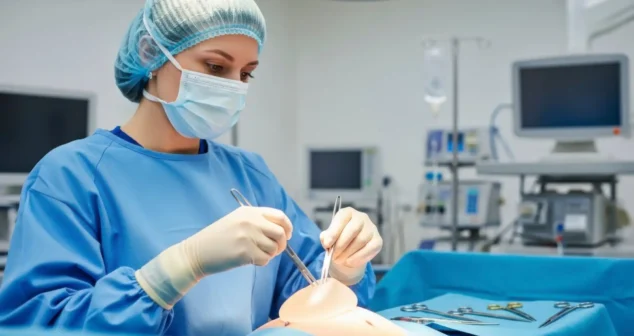
The simplest and least expensive way to train users of medical devices is to ask them study the Instructions for Use (IFU) beforehand.
-
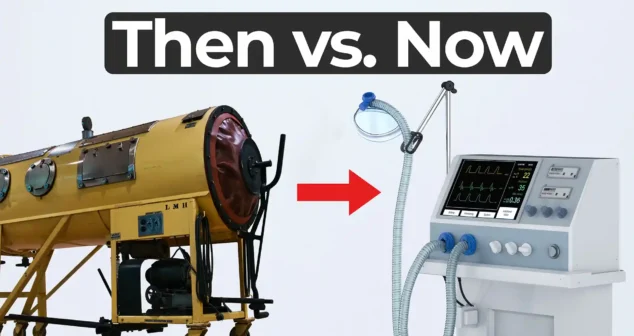
In this MedDevice by Design episode, Ariana Wilson and Mark Drlik take us back in time to explore iron lung innovation during the polio epidemic of the 1920s.
-

In the complex world of medical device development, creating effective prototypes is more than just a creative exercise, it’s a regulatory necessity and a strategic imperative.
-
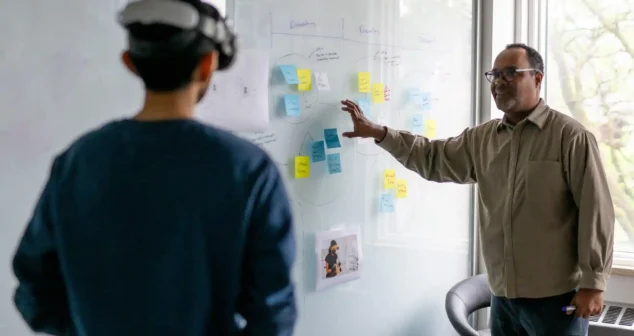
User Experience (UX), Human Factors (HF), and Industrial Design (ID) each have a major impact on the success of new medical devices. Their influence is especially important during product definition and early phases of device development.
-
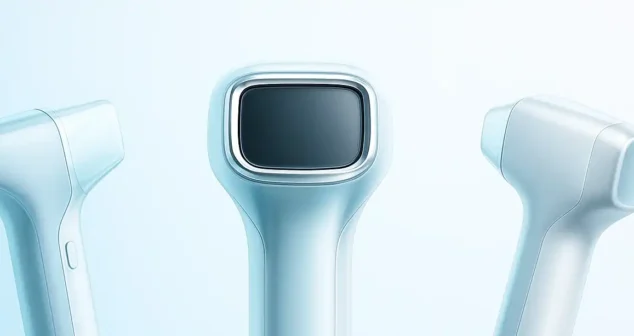
Generative AI is gaining significant attention across industries, and MedTech is no exception. While some tools may still feel like entertaining curiosities, others are starting to make a real impact.
-
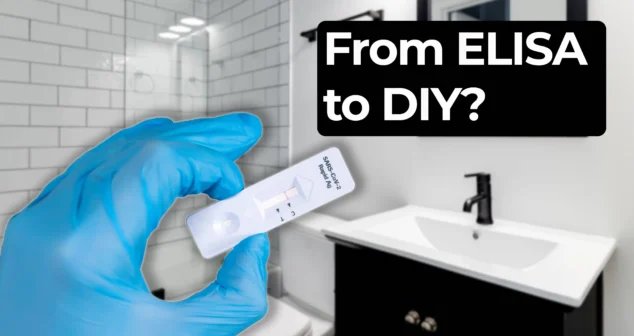
Nick Allan and Nigel Syrotuck reflect on recent ADLM diagnostics innovation and how it has shaped the future of clinical testing.
-
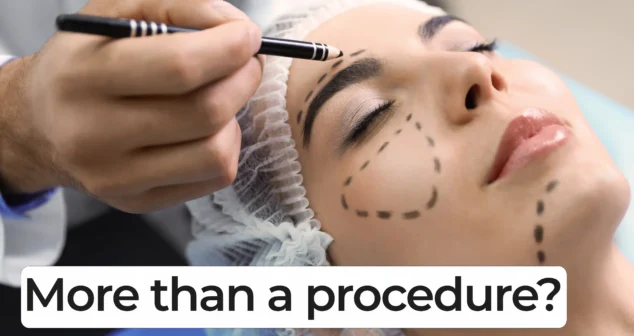
In this Before the Build episode, Eric Olson and Paul Charlebois reflect on the value of patient-centered field research—and how firsthand observation can reframe design priorities and impact outcomes in profound ways.
-
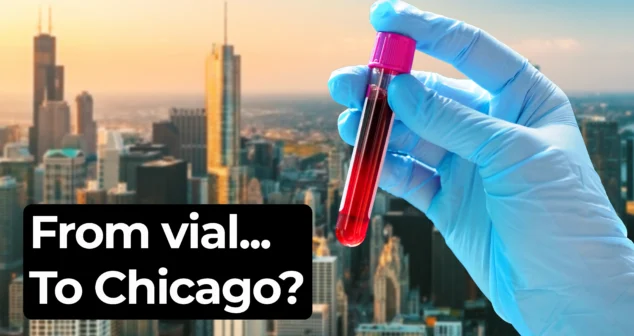
Each summer, the laboratory diagnostics showcase hosted by the Association for Diagnostics & Laboratory Medicine (ADLM) draws industry leaders to Chicago.
-
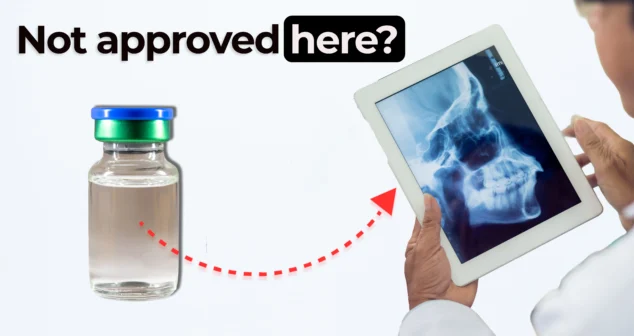
Nigel and Nick explore how contrast agents in imaging support medical device trials and diagnostics. While bones appear clearly in standard X-rays, soft tissues like those in the nasal cavity often require contrast agents to become visible.